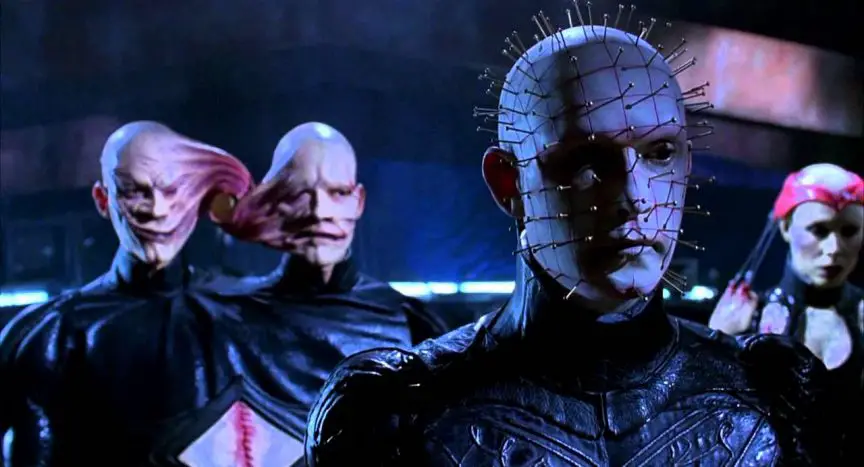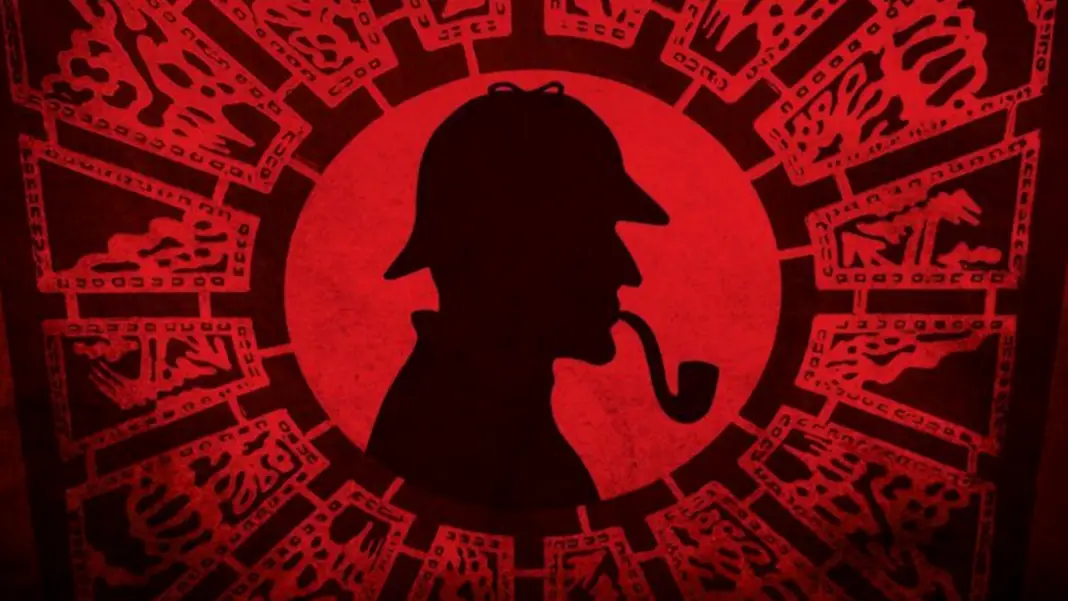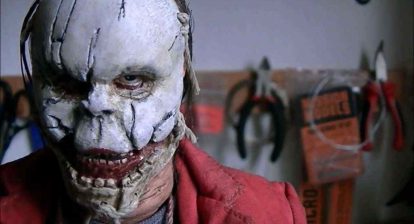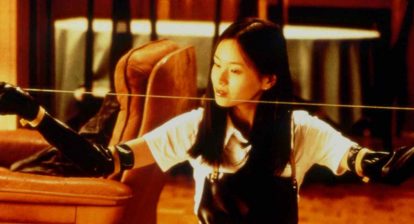Randy Meeks says, “Sequels suck” in Scream 2, which is ironically a good sequel. He sparks a debate in his film class with the students trying to come up with examples of good second entries into franchises. Outside of James Cameron and The Godfather 2, they don’t agree on much. In his book, Sequelland: A Story of Dreams and Screams, Jay Slayton-Joslin conducts a series of interviews with the creatives behind horror sequels, which, to quote Randy Meeks, “Suck.”
The interviews are excellent. Slayton-Joslin chats with 11 directors, all of whom are well-spoken. They talk frequently about why they decided to make these movies. Some, as Ernie Barbarash puts it, do it because, “It was either, ‘Do the movie and have a job, or don’t do the movie and nobody gets paid.’” Others, as Slayon-Joslin says in one of the collections many wrap-around essays, “take the jobs for love of the franchise.”
Because this is a book about sequels, the directors frequently talk about what went wrong after they accepted the project. Kevin Yagher, who took an Alan Smithee credit on Hellraiser: Bloodline says, “I wasn’t supported enough and had to deal with things that most directors normally don’t have to.” Another common problem is that the studios are in it for the money. According to Jeff Burr the studio’s thought process is: “we’re just going to crank this thing out and it’s going to make ‘x’ amount of dollars.” Katt Shea, who arrived on the set of Carrie 2 with two weeks to reshoot the entire film, asks if a movie is good enough to earn a sequel, then “How do you follow that?”

The directors in the book who also directed video game films had to contend with similar issues. Zach Lipovsky, director of Dead Rising: Watchtower explains, “the video game industry has no interest in doing adaptations. It was explained to me, by producers of both video games and films: the video game industry is 10 times the size of the film industry.” Thus, there’s no financial motivation to give up intellectual rights or allow changes in the story. The price has also skyrocketed. Uwe Boll says that when he started directing video game films, “it was like $150,000 or $200,000 to buy the rights” and now “it costs millions.”
Those discussions are among the best in Sequelland because they offer an insider look into how films are made. They also challenge viewers to think more about the conditions under which films are made. Can a director who interviewed on Friday to start a job on Monday with two weeks to film an entire movie really be blamed if the movie is bad? As Peter Weber says, neither the challenge nor the time past has stopped people from attacking him. 13 years later, someone tweeted, “‘Thank you very much because of your shitty film I’ve lost two hours of my life’ with a little GIF of Leonardo DiCaprio pointing his finger” at him for Hannibal Rising.
Slayton-Joslin echoes those challenges in one of his early essays, when he writes, “If you were given the choice to do something that wasn’t going to be a nightmare of studio executives making decisions, in your dream field, to do something with the material that inspired you, would you take the job?” Sequelland serves as a much-needed rebuke to the abuse that can run rampant on social media.
While the essays are at their strongest in those moments, they’re at their weakest when Slayton-Joslin waxes poetic about his own writing career. He says in the third of seven essays, “Despite how much I’m talking about myself and my journey, I don’t want to reach that level of self-indulgence,” but he’s there early on. He first mentions his poetry collection, Kicking Prose, in the second essay, “SET UP.” There he also acknowledges, “It’s probably harder for the directors featured in this book than it was for me.” By writing that, he raises the question, why spend so much time talking about Kicking Prose?
The self-reflection on his writing career doesn’t make sense in the context of this book. Sequelland is about horror movie sequels. There aren’t sequels to books of poetry, and even if there were, he hasn’t published one. The essays feel out of place both because they’re not about horror films and they’re not about a sequel.
More successful books of interviews, like Dark Visions: Conversations with the Masters of the Horror Film by Stanley Wiater or the more recent set of excellent interview collections from University of Mississippi Press, have an introduction, and then let the filmmakers speak for themselves. There’s an understanding that the audience is reading to learn about the films. There are no essays in between them like the ones in Sequelland.
RELATED: Seven Horror Reference Books Every Fan Should Read
Despite those shortcomings, Sequelland is fascinating because of Slayton-Joslin’s interest and reclamation of something that’s generally considered bad. While, as he himself says, he hasn’t “reached some great conclusion and analysis of them all,” he’s brought himself and his readers closer to understanding.
Wicked Rating – 6/10
Sequelland: A Story of Screams and Dreams is available from Clash Books now.







